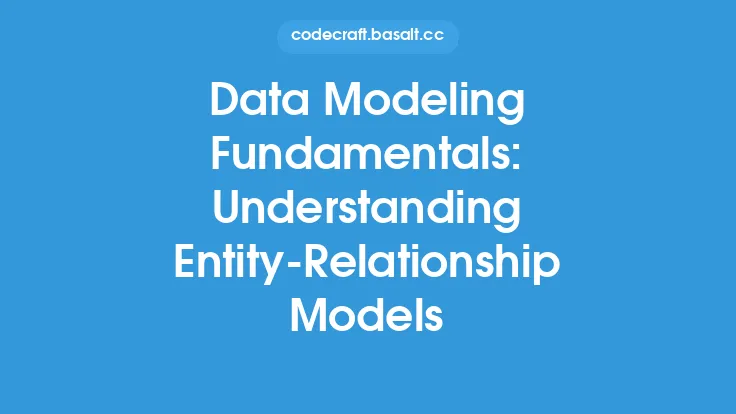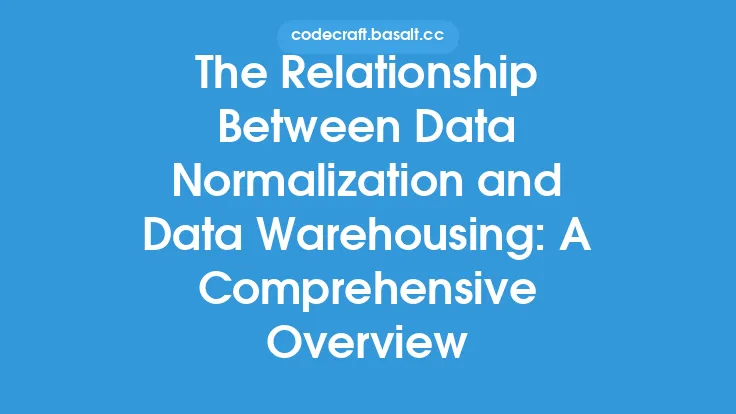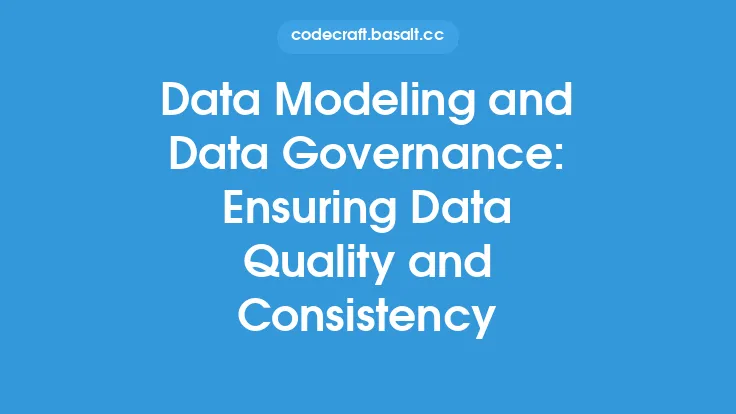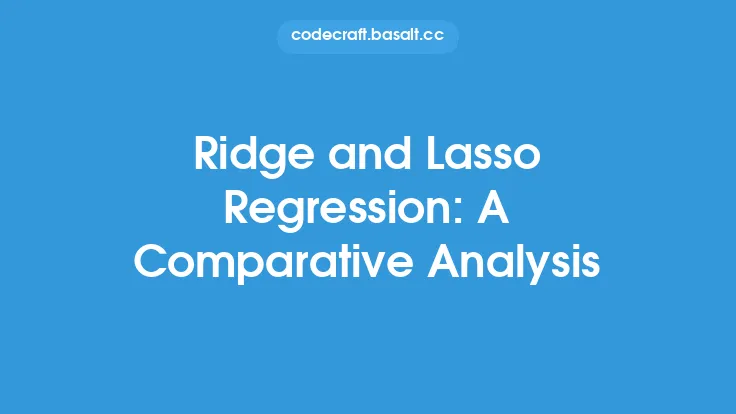Data modeling is a crucial aspect of database systems, and it involves creating a conceptual representation of the data to be stored in a database. There are three primary types of data modeling: conceptual, logical, and physical. Each type of modeling serves a specific purpose and is used at different stages of the database design process. In this article, we will delve into the details of each type of data modeling, exploring their characteristics, advantages, and disadvantages, as well as their relationships with each other.
Introduction to Conceptual Data Modeling
Conceptual data modeling is the first stage of the data modeling process. It involves identifying the entities, attributes, and relationships that are relevant to the problem domain. The goal of conceptual data modeling is to create a high-level representation of the data, without worrying about the implementation details. Conceptual models are often used to communicate with stakeholders and to define the scope of the project. They are typically represented using entity-relationship diagrams (ERDs), which consist of entities, attributes, and relationships. Conceptual data modeling is a critical step in the database design process, as it helps to ensure that the database is designed to meet the needs of the users.
Logical Data Modeling
Logical data modeling is the next stage of the data modeling process. It involves transforming the conceptual model into a logical model, which is a more detailed representation of the data. Logical models are used to define the structure of the data, including the relationships between entities and the data types of the attributes. Logical data modeling is typically performed using a relational model, which represents the data as a collection of tables, with each table having a set of columns and rows. The logical model is used to define the schema of the database, which is the overall structure of the database, including the relationships between tables.
Physical Data Modeling
Physical data modeling is the final stage of the data modeling process. It involves transforming the logical model into a physical model, which is a representation of how the data will be stored on disk. Physical models are used to define the physical storage of the data, including the layout of the data on disk, the indexing strategy, and the storage parameters. Physical data modeling is critical to ensuring that the database is optimized for performance and storage. The physical model is used to define the physical design of the database, which includes the creation of indexes, views, and other database objects.
Comparison of Conceptual, Logical, and Physical Data Modeling
Each type of data modeling has its own strengths and weaknesses. Conceptual data modeling is useful for communicating with stakeholders and defining the scope of the project, but it is not suitable for defining the detailed structure of the data. Logical data modeling is useful for defining the structure of the data, but it does not take into account the physical storage of the data. Physical data modeling is critical to ensuring that the database is optimized for performance and storage, but it requires a deep understanding of the underlying storage technology. In general, conceptual data modeling is used for high-level design, logical data modeling is used for detailed design, and physical data modeling is used for implementation.
Relationships Between Conceptual, Logical, and Physical Data Modeling
The three types of data modeling are closely related, and each stage builds on the previous one. The conceptual model is used to create the logical model, which is then used to create the physical model. The logical model is a refinement of the conceptual model, and the physical model is a refinement of the logical model. The relationships between the three types of data modeling can be summarized as follows: the conceptual model defines the what, the logical model defines the how, and the physical model defines the where. In other words, the conceptual model defines what data is to be stored, the logical model defines how the data is to be structured, and the physical model defines where the data is to be stored.
Best Practices for Data Modeling
There are several best practices that can be followed to ensure that the data modeling process is successful. First, it is essential to involve stakeholders in the data modeling process to ensure that the database meets their needs. Second, it is crucial to use a structured approach to data modeling, such as the one outlined in this article. Third, it is essential to use data modeling tools, such as ERDs and data modeling software, to create and refine the data models. Finally, it is critical to test and validate the data models to ensure that they are correct and meet the requirements of the project.
Common Data Modeling Techniques
There are several data modeling techniques that are commonly used in database design. These include entity-relationship modeling, object-relational modeling, and dimensional modeling. Entity-relationship modeling is a technique that is used to create conceptual and logical models, and it involves identifying entities, attributes, and relationships. Object-relational modeling is a technique that is used to create logical and physical models, and it involves mapping objects to relational tables. Dimensional modeling is a technique that is used to create data warehouses and business intelligence systems, and it involves creating a star or snowflake schema.
Data Modeling Tools and Software
There are several data modeling tools and software that are available to support the data modeling process. These include ERwin, PowerDesigner, and Enterprise Architect. ERwin is a data modeling tool that is used to create conceptual, logical, and physical models, and it supports a range of data modeling notations, including ERDs and UML. PowerDesigner is a data modeling tool that is used to create conceptual, logical, and physical models, and it supports a range of data modeling notations, including ERDs and UML. Enterprise Architect is a data modeling tool that is used to create conceptual, logical, and physical models, and it supports a range of data modeling notations, including ERDs and UML.
Conclusion
In conclusion, conceptual, logical, and physical data modeling are three essential stages of the database design process. Each stage serves a specific purpose and is used to create a different type of data model. The conceptual model is used to define the high-level structure of the data, the logical model is used to define the detailed structure of the data, and the physical model is used to define the physical storage of the data. By following best practices and using data modeling tools and software, database designers can create high-quality data models that meet the needs of the users and support the requirements of the project.





